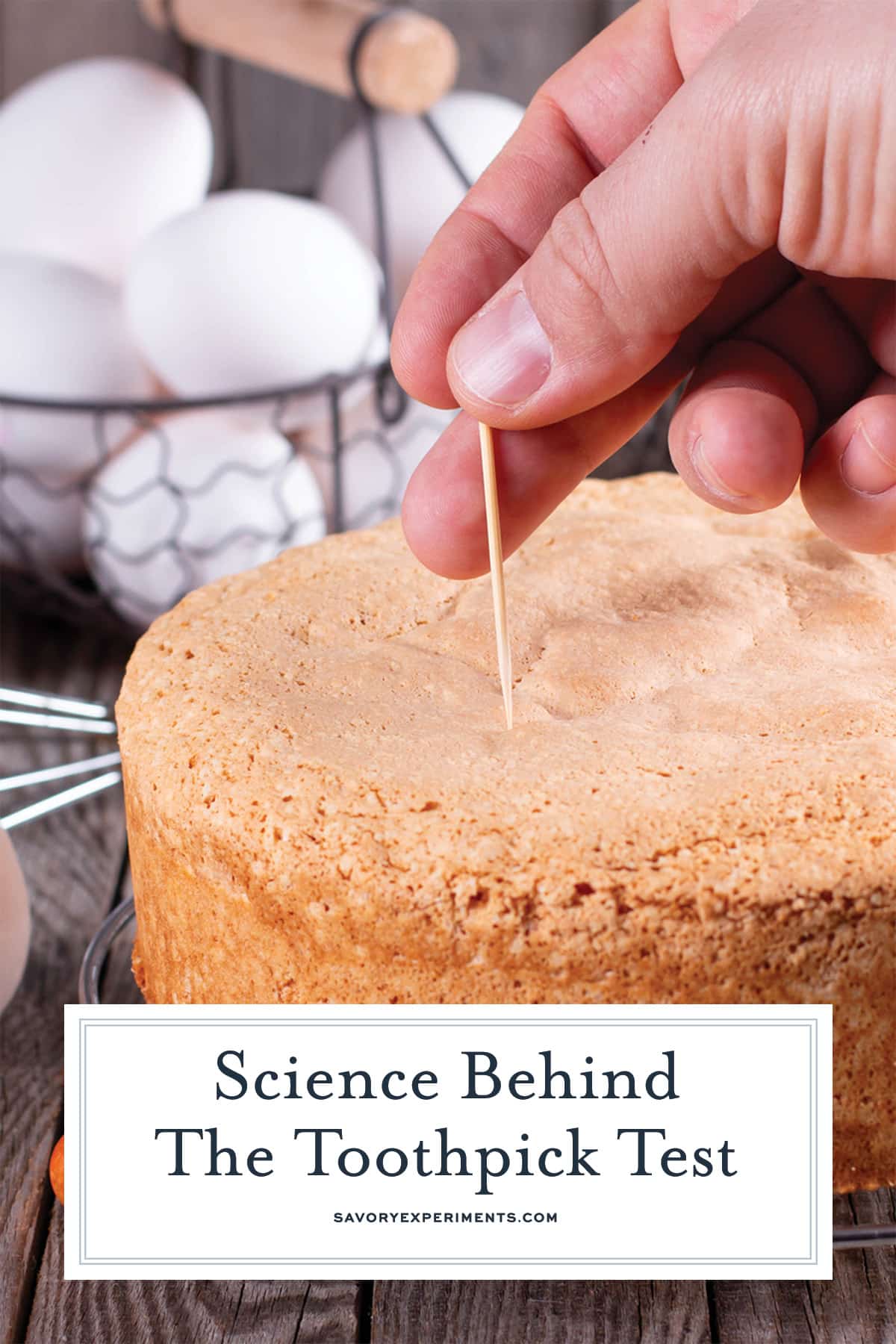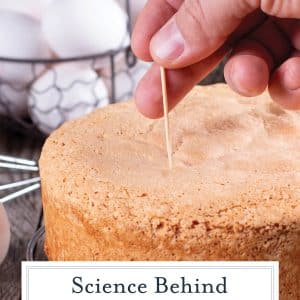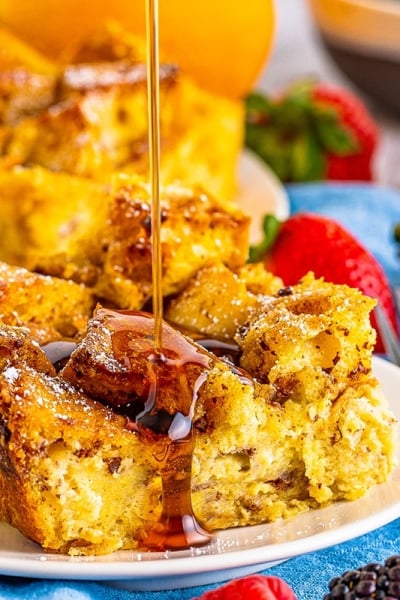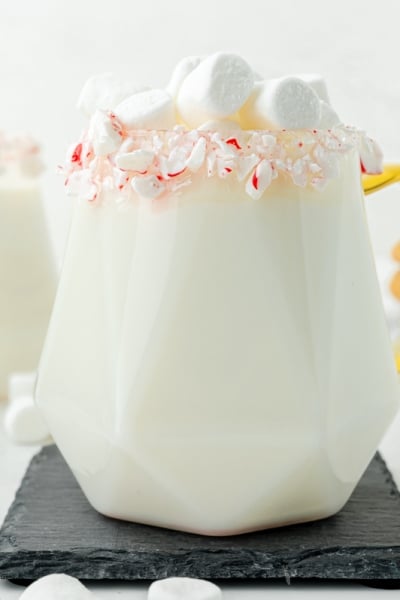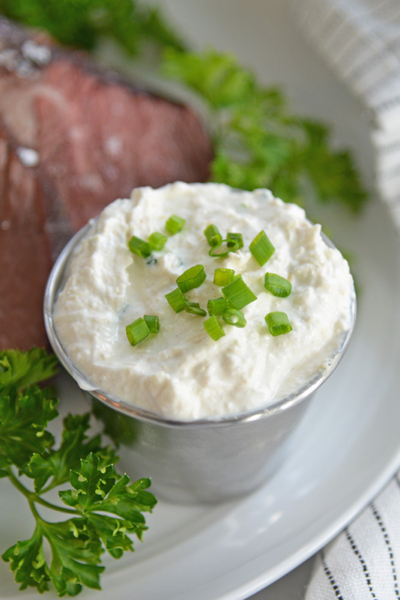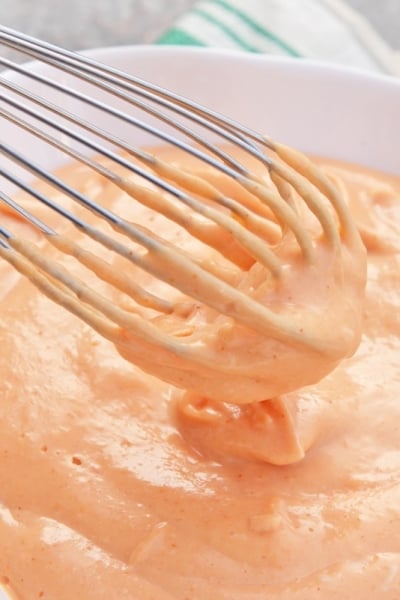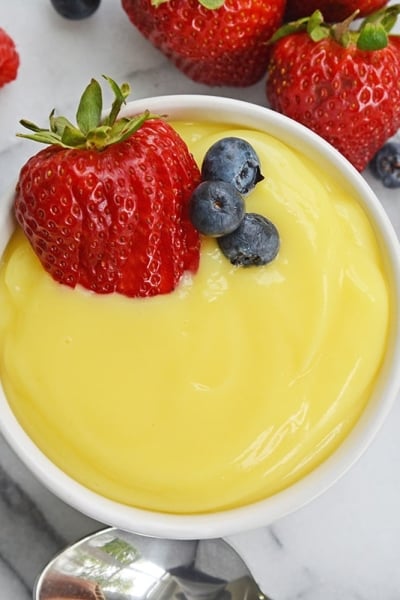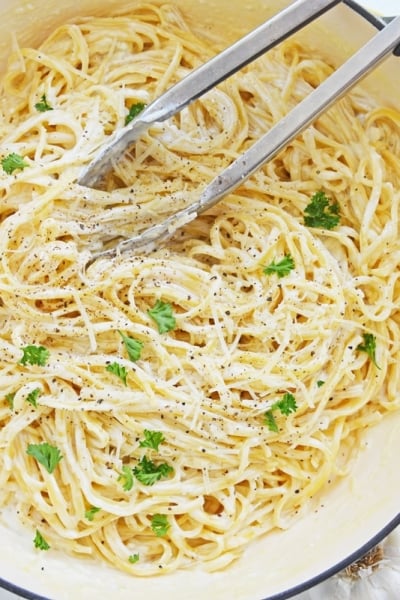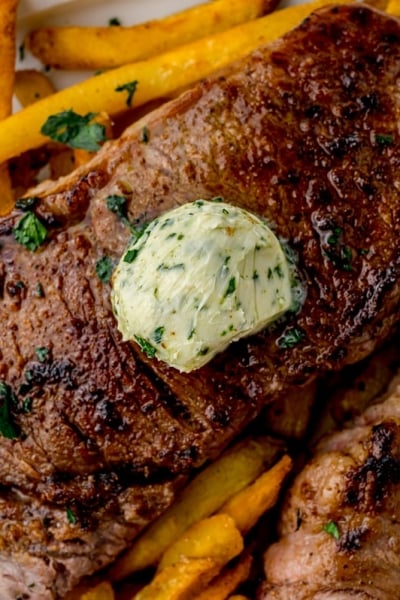Have you ever carefully followed a recipe, only to pull your baked goods out of the oven and wonder if they’re truly done? This is where the toothpick test comes in – a simple trick that has been used by bakers for decades to ensure their treats are perfectly cooked.
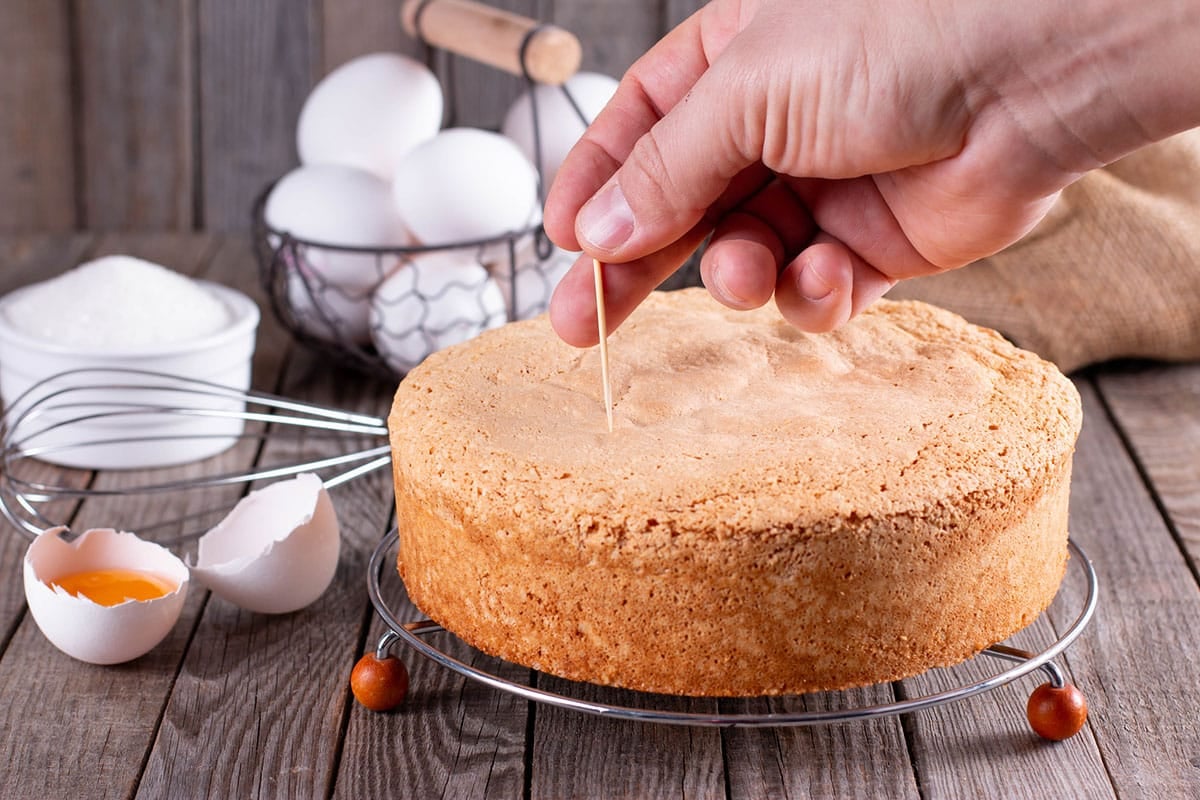
But have you ever wondered why a toothpick is the tool of choice for this task? It turns out, there’s a scientific reason behind it that you might find surprising. Let’s take a deep dive into the fascinating science of the toothpick test and provide you with tips to make the most of this trick.
You’ll also learn about common mistakes to avoid, alternative tests for baking goods, and factors that can affect the toothpick test. Whether you’re a seasoned baker or a novice, understanding the science behind the toothpick test can help you achieve perfectly baked goods every time.
The Science Behind the Toothpick Test
To understand the science behind the toothpick test, it’s important to note that baked goods like cakes and muffins rely on a delicate balance of ingredients and factors in order to turn out perfectly. One of the most important factors is moisture.
When a cake or muffin batter is first mixed, it’s full of moisture that slowly evaporates as it bakes. This evaporation is what gives your baked goods their light, fluffy texture. However, if there’s too much moisture left inside, your treats will be soggy and undercooked.
It works for so many baked goods including chocolate mayonnaise cake, most brownies, sponge cake, angel food cakes, banana bread and muffins.
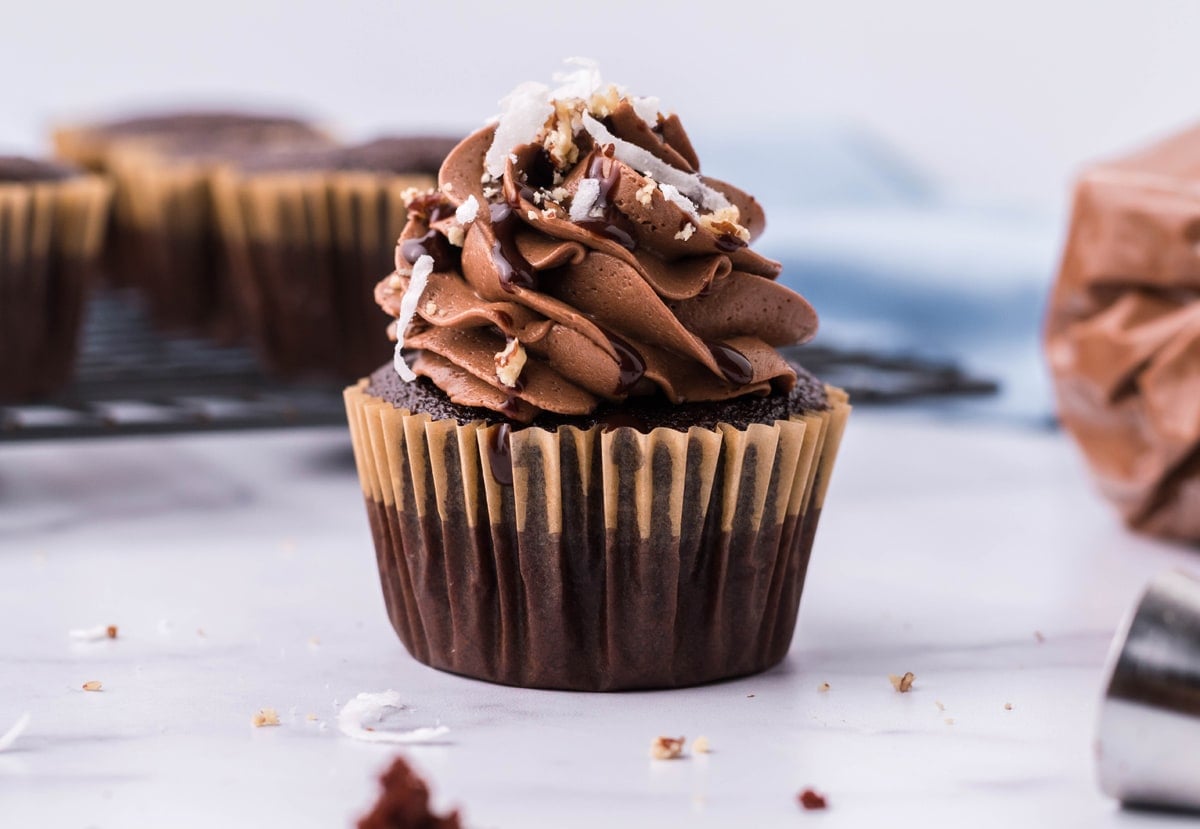
Testing for Moisture
This is where the toothpick comes in. In order to determine whether your baked goods have baked through completely, you need to test for moisture. Since toothpicks are small and thin, they can easily be inserted into the center of a muffin, cake or bread and then withdrawn.
The texture of the toothpick can give you an idea of how much moisture is left in your treat. If the toothpick comes out clean, your baked goods are ready to go. If there are still some wet crumbs or batter stuck to the toothpick, your treat needs a few more minutes in the oven.
The toothpick test works so well because it’s incredibly precise. But that doesn’t mean it’s foolproof. Factors like oven temperature, the size of your baking dish, and altitude can all affect how long your baked goods take to cook. In the next section, we’ll dive into how to properly use the toothpick test and give you some tips for making sure your treats come out perfectly every time.
Some wetter baked goods might not be good candidates because they are supposed to have moisture. Custard pie, fudgy brownies, fruit pies and pudding pies are good examples.
How to Properly Use the Toothpick Test
To properly use the toothpick test, first, ensure that your baked goods have had enough time in the oven to bake through completely.
- Use a timer to keep track of baking time, and check on your baked goods only once they’ve been in the oven for at least three-quarters of the recommended baking time.
- Then, insert a toothpick into the center of the cake, brownies or bread, being careful not to over-insert it. Wet batter will give you a wet toothpick, almost cooked will come out with moist crumbs and ready to go will be clean.
- Withdraw it gently and observe the texture of the toothpick- if it comes out clean, your treat is ready to go. If there are still some wet crumbs on the toothpick, let it bake for a few more minutes and test again.
- Cool. Follow the recipe directions for cooling, but always know that placing a baked good on a wire cooling rack is the best way to not further cook it. This allows air to circulate all around the item instead of carryover cooking baking it further.
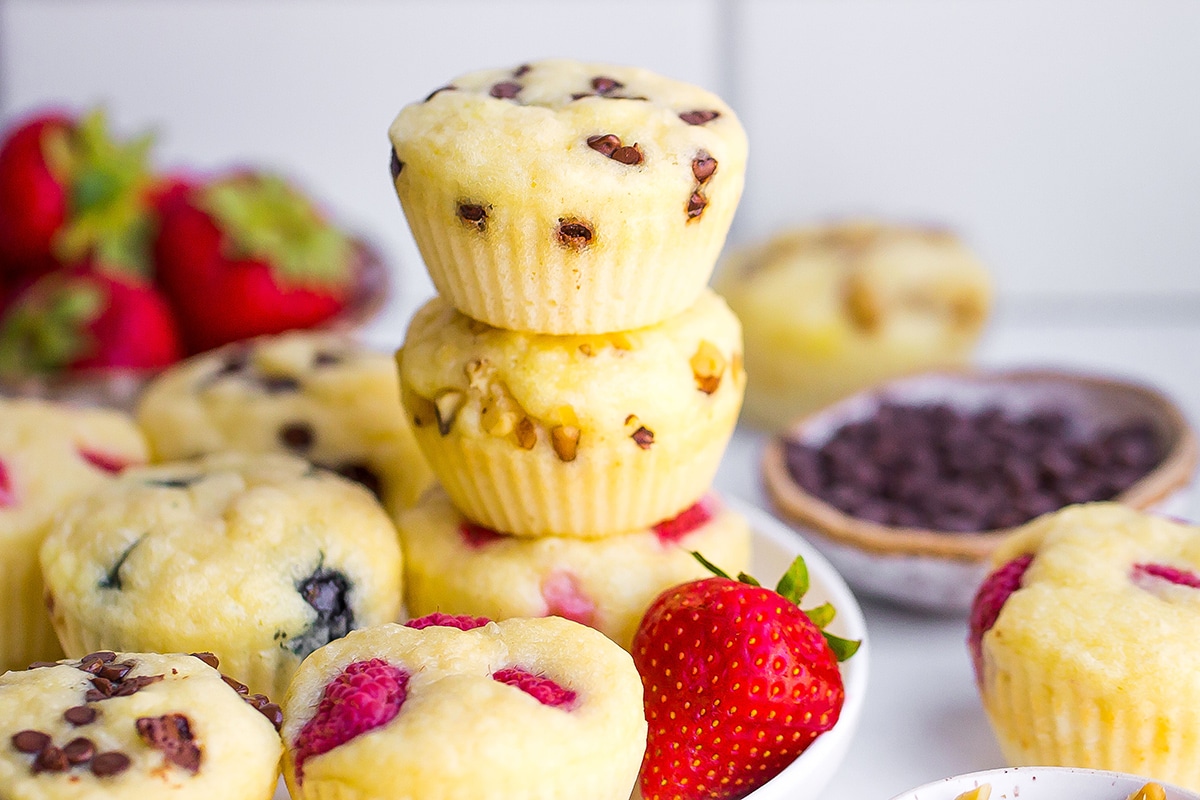
Common Mistakes to Avoid
When using the toothpick test, it’s crucial to pay attention to the details to avoid common mistakes that can lead to inaccurate readings.
- One mistake is not ensuring that the toothpick is clean and dry before inserting it. Any leftover crumbs or wet spots can give you a false reading.
- Consider the size of your toothpick as some may be too thin or thick, leading to an inaccurate reading. Some folks opt for a cake tester, which is the perfect size.
- External factors like oven temperature, baking dish size, and altitude can also impact the toothpick test.
Alternative Tests for Baking Goods
While the toothpick test is a popular method of determining if baked goods are done, there are a few alternative tests that you can use.
- Finger Test. One method is the finger test, where you gently press the surface of the baked good, like the top of the cake or the center of the brownies, to see if it springs back. If it does, it’s likely done.
- Visual Color Test. Another method is the visual test, where you observe the color of the baked good. If it has turned golden brown and has started to pull away from the sides of the pan, it’s likely done.
- Digital Thermometer. Some baked goods will give you an internal temperture to reach, then you can use a digital read thermometer, the same you would use for meats.
- Other Visual Cues. There are other visual cues as well such as looking at the edges of the cake pan to see if the cake or brownies from scratch are starting to seperate or if the center is still jiggling.
However, it’s important to note that these alternative tests may not be as accurate as the toothpick test. Also, factors like oven temperature, baking dish size, and altitude can affect the outcome of these alternative tests.
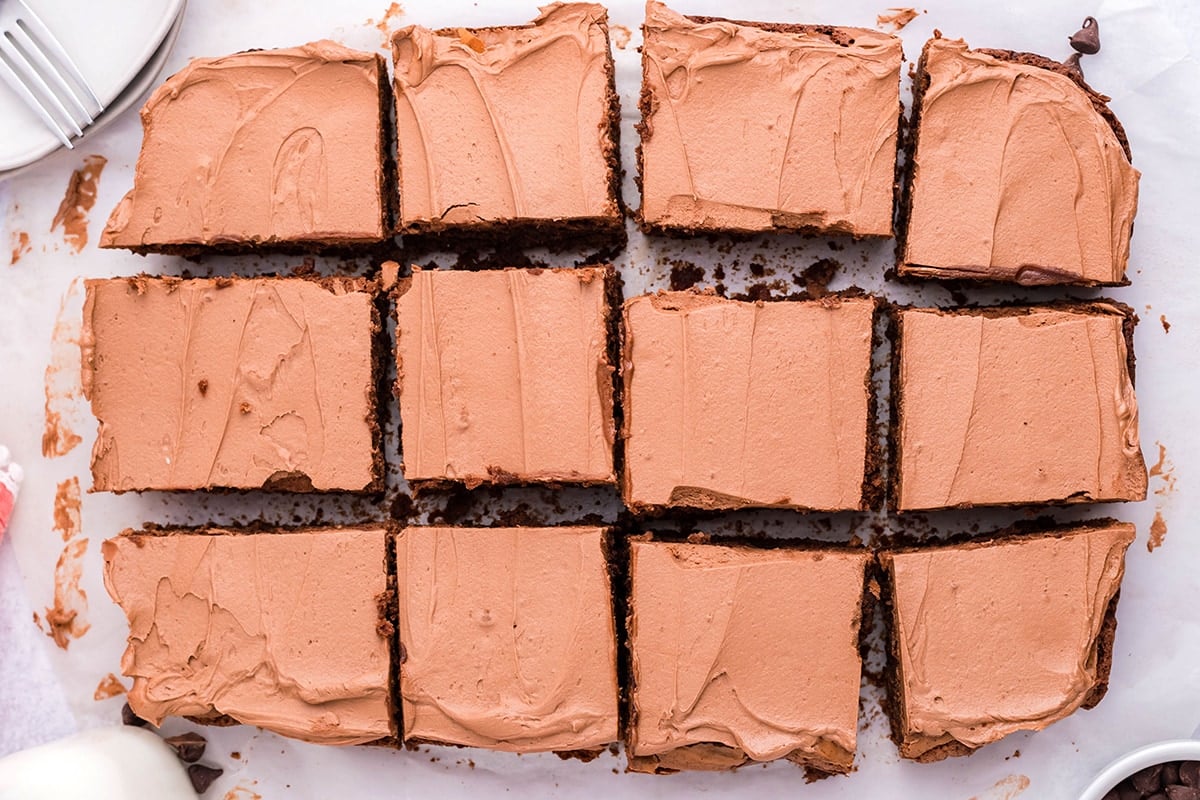
Factors That Affect the Toothpick Test
Now that we’ve established the toothpick test as a reliable way to test the doneness of baked goods, it’s important to note that there are several factors that can impact its accuracy.
- One such factor is the type of batter or dough being used. Certain batters, such as those with a lot of sugar or butter, may take longer to bake and require a longer toothpick test to ensure they are fully cooked.
- Another factor is the temperature of the oven. If the oven is too hot or too cold, it can affect the baking time and cause the toothpick test to be inaccurate. It’s important to follow the recipe’s recommended baking temperature and adjust accordingly if necessary. Do not open the oven door while baking, the flush of cold air greatly impacts the internal temperature.
- The size and shape of the baking dish can also impact the accuracy of the toothpick test. Baking in a deeper dish or using a bundt pan, for example, will require a longer baking time and therefore a longer toothpick test.
- Finally, every oven is different and may have hot spots or uneven heating. This can cause certain areas of the baked goods to cook faster than others, making the toothpick test less reliable. To combat this, it’s recommended to rotate the baking dish halfway through the baking time to ensure even cooking.
In conclusion, the toothpick test is an ideal way to ensure perfectly baked goods, and the science behind it makes it all the more fascinating. By following simple tips and avoiding common mistakes, you can master this test and achieve baked perfection every time.
As you continue to bake and explore new recipes, keep the toothpick test in mind as a crucial tool in your arsenal. Happy baking!
